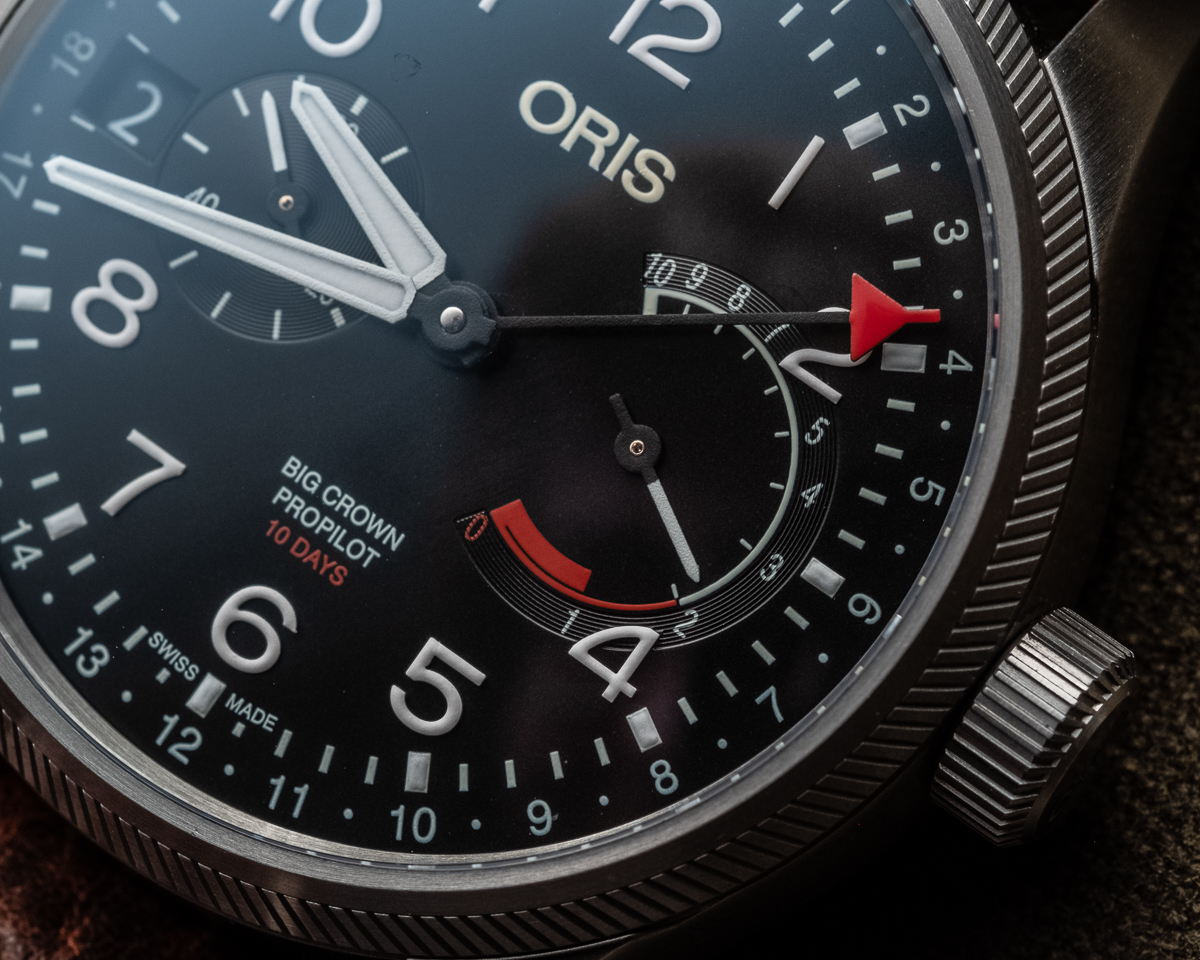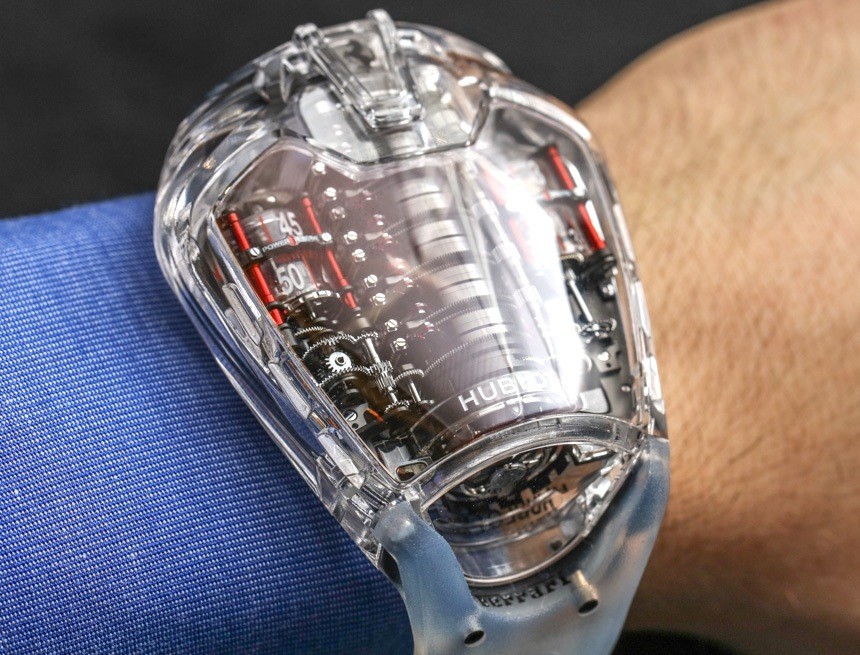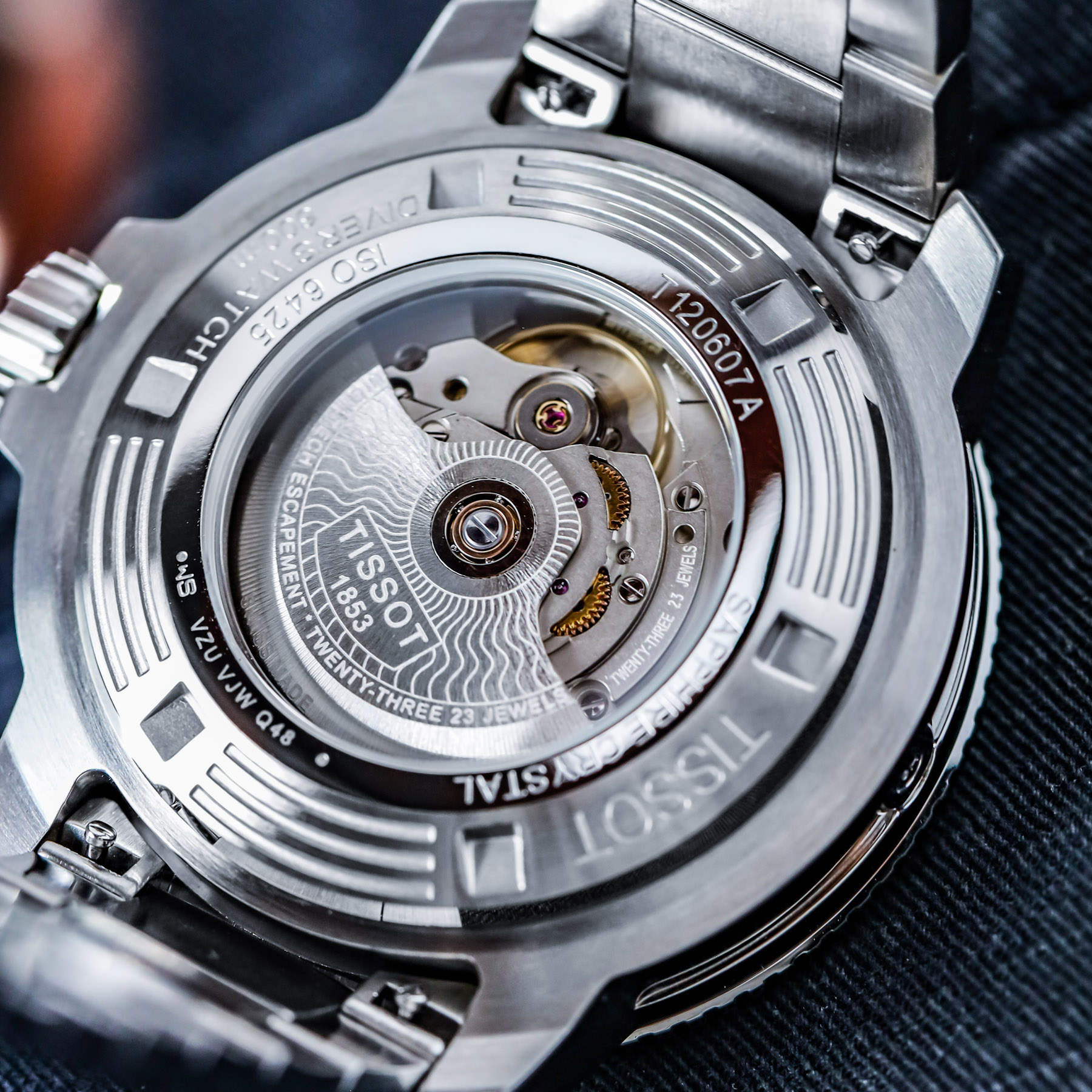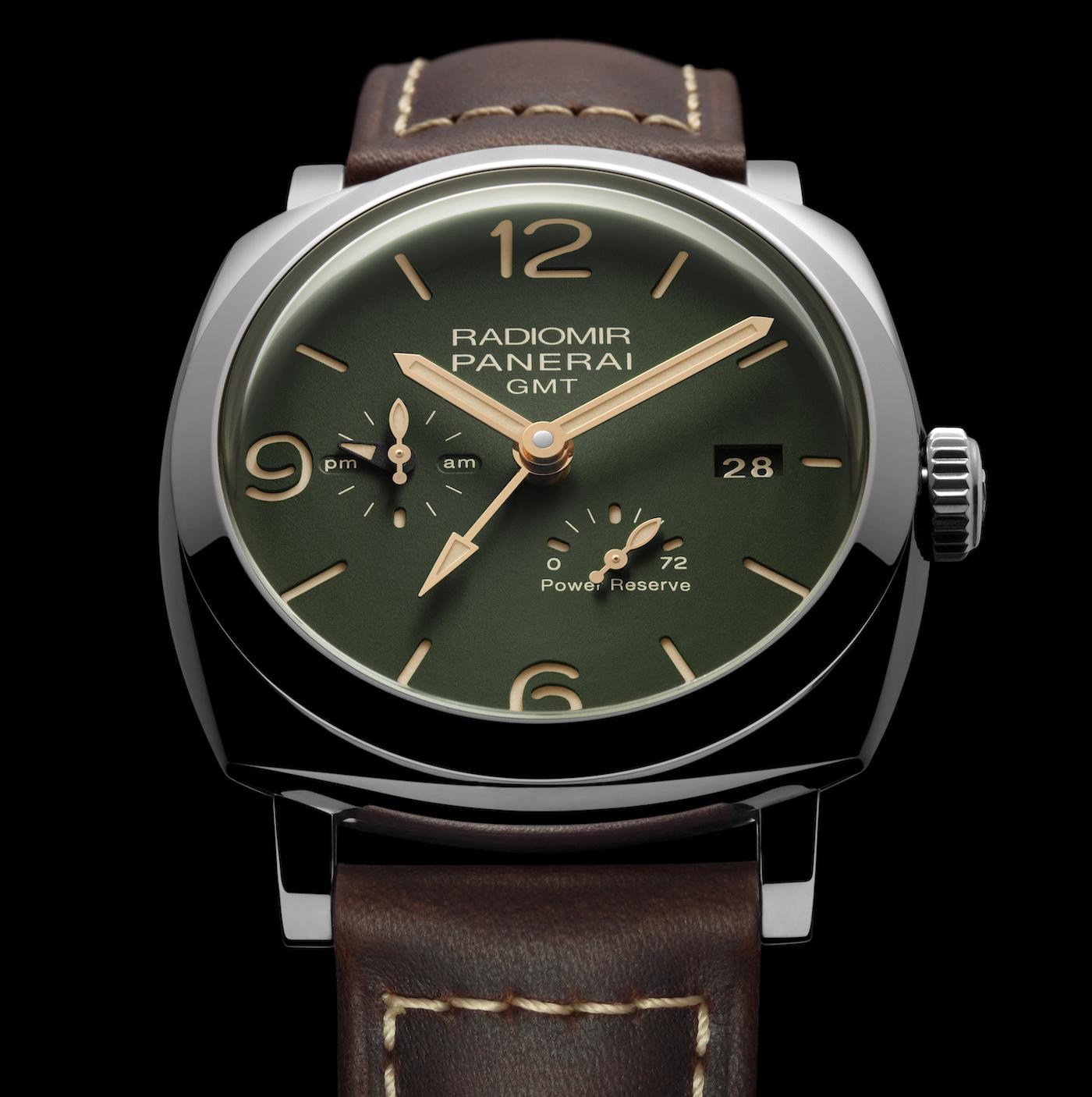Our niche segment of the Internet is chock full of technical articles, passionate journals, and lively forums dedicated to the nuances of mechanical watches, but few mechanisms are talked about with as little enthusiasm as the power reserve indicator. Despite the slow and measured output of power being absolutely essential for mechanical watches, it is often overlooked. The power reserve has been relegated to the specifications list only to be presented as a source of complaint in comments sections when you just can’t find anything else to complain about. Honestly, that is perfectly okay, because few of us need anything more than a standard power reserve to begin with, and therein lies our conundrum: Most mechanical watch wearers do not need an extended power reserve, yet watch brands go to extreme lengths to achieve one.
 Let’s dial back to Mechanical Watches 101 for a minute to reacquaint ourselves with the physical functions of the mainspring. The mainspring is a spiraled metal ribbon that is rolled and fit into a barrel. As the spring is wound tighter, it begins to exert force in an attempt to unwind itself. This unwinding force is exerted between the barrel wall and the arbor found in the center, which acts as a pivot for the barrel as a whole. The unwinding force causes the barrel to spin, driving the gear train and ultimately the hands and any other complications a watch may feature.
Let’s dial back to Mechanical Watches 101 for a minute to reacquaint ourselves with the physical functions of the mainspring. The mainspring is a spiraled metal ribbon that is rolled and fit into a barrel. As the spring is wound tighter, it begins to exert force in an attempt to unwind itself. This unwinding force is exerted between the barrel wall and the arbor found in the center, which acts as a pivot for the barrel as a whole. The unwinding force causes the barrel to spin, driving the gear train and ultimately the hands and any other complications a watch may feature.

Power reserve has been gradually increasing over time, with anything under 40 hours now widely considered dated, if not subpar. Nowadays, 42+ hours is typical, with 72 hours and even a full five days becoming more and more common. There are many ways brands try to extend the power reserves in their watches: Enlarging the barrel and the mainspring, adding additional barrels, and adjusting the frequency of the watch are among the more common options. Some go to extremes, like Hublot the MP-05 La Ferrari. With its 11 coupled barrels, it has a total power reserve of 50 days and requires a tool to wind fully. On the other end of the spectrum, Swatch Group has achieved a power reserve of 80 hours with the ETA C07.111 by underclocking the frequency, reducing it from 28,800 vph to 21,600 vph, as seen in the Powermatic 80 from Tissot, H80 from Hamilton, Caliber 80 from Mido, and DS Powermatic 80 from Certina. This method is convenient because it keeps the size of the mainspring barrel the same and does not require new movement architecture.

Now that we have refreshed our memories regarding the function of a mainspring and a few techniques to improve and extend its output, we can discuss why most don’t care and who actually benefits from a long power reserve. When it comes to watches, visual features are the most enticing. We look at our watches for information and we look at them to admire the artisanship. Compared to most details on a watch, the duration of the power reserve isn’t very exciting. It is not something you can interact with like a chronograph or a dive bezel. It is rarely a visually appreciable feature and, from our perception of time, its function is relatively stagnant. A boring — albeit functional — feature of a watch simply doesn’t garner the attention other features easily do.
Regardless of your design preferences, the way a watch looks will be the first determinant if it appeals to you or not. At baseline, a power reserve is often not part of this equation, and when it is out of sight, it is out of mind with its presence often awkwardly implemented. Retrograde and subdial indications are two of the most common displays, with the former often causing a kerfuffle. While watch brands are usually quite slow to implement customer feedback, the slice of pie missing from the dial has been a longtime complaint, and we are seeing an increase in indication visible through an exhibition caseback as an alternative.

If this function is so under-appreciated and often critiqued, what is the fuss, and who even benefits from it? A large portion of enthusiasts and collectors will not benefit from extended power reserves, thanks to the unending swapping of watches. To wear, enjoy, and share our appreciation for these miniature marvels, a new watch (or multiple watches) will have taken a spot on the wrist long before and after the power reserve has fully cycled. Additionally, the proliferation of automatic movements with extended power reserves means that watches will either rarely be fully wound to reach their maximum output or will be worn regularly enough to not run out of reserve.
People who are most likely to benefit from extended power reserves fall into two categories. The first and most obvious group is owners of manually wound watches. These individuals will fully wind their watches fewer times over a given period, but it will take them longer to do so. The second is those who wear the same watch at regular intervals with the time off wrist being relatively short. Traditionally a wristwatch was worn during the week and left aside for the weekend. Many luxury watch buyers still follow these trends, and this is what has led to what brands are calling “Weekend-Proof” watches. In theory, you take your watch off on Friday after work, and when you pick it up to put it on come Monday it is still running. This roughly two-and-a-half-day autonomy has become what many of us believe should be the standard, myself included.
 While excessively extended power reserves allow watch manufacturers to flex their horological chops and try to one-up each other, the standard fare has gradually improved to meet minimum customer demands, which has pushed watch companies to improve to the point that anything less than what we expect is detrimental to sales. A standard power reserve of 48-60 hours is anything but exciting, and thanks to its prevalence, sub-standard autonomy is becoming less common. However, when it does crop up, you can be sure it will be called out in the comments.
While excessively extended power reserves allow watch manufacturers to flex their horological chops and try to one-up each other, the standard fare has gradually improved to meet minimum customer demands, which has pushed watch companies to improve to the point that anything less than what we expect is detrimental to sales. A standard power reserve of 48-60 hours is anything but exciting, and thanks to its prevalence, sub-standard autonomy is becoming less common. However, when it does crop up, you can be sure it will be called out in the comments.

